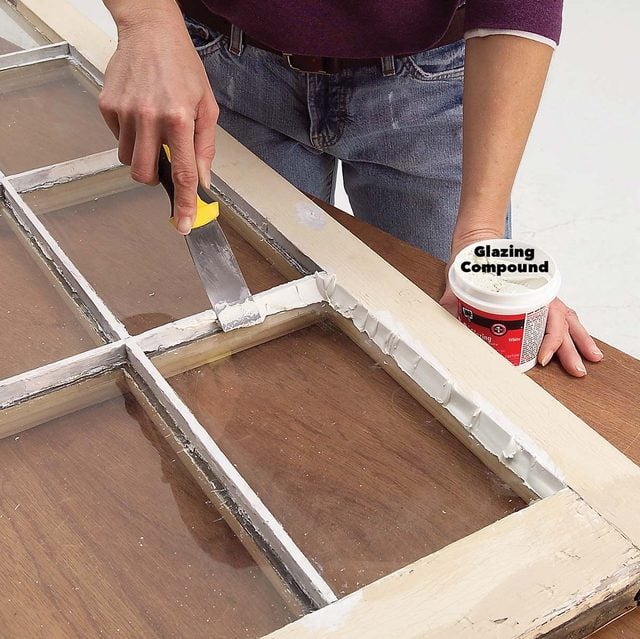This company has no active jobs
0 Review
Rate This Company ( No reviews yet )
Something About Company
The 10 Scariest Things About Storefront Glazing

Storefront Glazing: Enhancing Aesthetics and Functionality
Storefront glazing is a vital element of commercial architecture, playing an important role in how businesses provide themselves to the public. It integrates both kind and function, providing aesthetic appeal while likewise guaranteeing energy effectiveness and exposure. This article explores the different types of storefront glazing, their benefits, considerations, and best practices for installation.
Comprehending Storefront Glazing
Storefront glazing refers to the glass components of a building’s exterior, specifically in commercial settings. It includes windows, glass doors, and in some cases glass walls that comprise the entryway or screen locations of retail and other public-facing services. The choice of glazing products can significantly affect not just the look of a storefront however also its overall performance.
Types of Storefront Glazing
-
Single Glazing:
- Consists of one layer of glass.
- Usually less energy-efficient.
- Frequently utilized in older buildings.
-
Double Glazing:
- Features two layers of glass with an insulating area in between.
- Uses better thermal insulation and soundproofing.
- Commonly used in modern-day stores.
-
Triple Glazing:
- Incorporates 3 layers of glass.
- Offers maximum insulation and energy effectiveness.
- Best matched for extremely cold environments.
-
Low-E Glass:
- Coated with a special film that reflects UV rays and decreases heat loss.
- Helps preserve comfy indoor temperature levels.
- Suitable for energy-conscious companies.
-
Tempered Glass:
- Heat-treated to be stronger than basic glass.
- Shatters into small, much safer pieces when broken.
- Frequently utilized in high-traffic areas for included security.
-
Laminated Glass:
- Composed of 2 or more layers of glass bonded by an interlayer.
- Supplies sound insulation and boosted security.
- Can be beneficial in locations vulnerable to vandalism.
Benefits of Storefront Glazing
Storefront glazing offers various advantages to businesses and building owners, consisting of:
-
Aesthetic Appeal: A well-designed storefront improves the visual appeal of a company, drawing in customers and improving brand image.
-
Natural Light: High-quality glazing can make the most of natural light, creating an enjoyable atmosphere inside the shop.
-
Energy Efficiency: Advanced glazing products can substantially decrease energy consumption, leading to cost savings on heating & cooling.
-
Safety and Security: Using strong and laminated glass can assist protect against break-ins and mishaps.
-
Marketing Opportunities: Glazed storefronts supply excellent exposure for products and promos, boosting marketing efforts.
| Advantage | Description |
|---|---|
| Visual Appeal | Improves visual appearance of a company. |
| Natural Light | Takes full advantage of daytime within interiors. |
| Energy Efficiency | Lowers energy expenses through improved insulation. |
| Security and Security | Protects versus intrusions and accidents. |
| Marketing Opportunities | Boosts item exposure and draws consumers in. |
Considerations for Choosing Storefront Glazing
When selecting the suitable glazing for a storefront, a number of factors must be considered:
-
Location: The geographical location and environment determine the type of glazing required for ideal performance.
-
Structure Design: The architectural style and materials used in the structure may affect the option of glazing.
-
Regulatory Standards: Local building codes might have specific requirements regarding safety and energy effectiveness.
-
Budget: High-performance glazing options can be more costly, however typically result in long-term cost savings.
-
Performance: Consider the primary function of the storefront: Is it generally for display or does it likewise need to offer privacy and security?
Best Practices for Installation
Appropriate installation is crucial to taking full advantage of the performance and durability of storefront glazing. Here are some best practices:
-
Hire Experienced Professionals: Always work with certified glazing professionals who comprehend the subtleties of commercial installations.
-
Make Sure Proper Sealing: Well-sealed joints avoid air and water leaks, enhancing energy effectiveness.

-
Usage Quality Materials: Opt for high-quality glass and framing products that stand up to ecological elements.
-
Routine Maintenance: Implement an upkeep schedule to tidy and examine the glazing, guaranteeing its durability and performance.
Regularly Asked Questions (FAQs)
Q1: What is the difference between double and triple glazing?
A1: Double glazing includes two layers of glass, while triple glazing consists of three layers. Triple glazing provides better thermal insulation, making it more energy-efficient.
Q2: How does low-E glass work?
A2: Low-E glass has a special finish that reflects heat and obstructs UV rays, assisting to manage indoor temperatures and safeguard furniture from sun damage.
Q3: Is tempered glass essential for all shops?
A3: While not necessary for all shops, tempered glass is recommended for locations where safety is vital, such as entranceways or high-traffic locations.
Q4: Can storefront glazing effect my energy expenses?
A4: Yes, the best glazing can substantially lower heating & cooling costs through better insulation and energy performance.
Q5: How frequently should storefront glazing be kept?
A5: Regular upkeep should be set up a minimum of once a year, but cleaning and inspections should be carried out more frequently in high-traffic locations.
Storefront glazing is an essential function of contemporary commercial architecture that combines aesthetic appeal and useful performance. By understanding the kinds of glazing readily available, their benefits, and key considerations for choice and installation, organizations can make educated choices that enhance their visibility, security, and total performance. In an industry driven by first impressions, a well-designed storefront can make all the difference in attracting customers and standing out in a competitive market.


